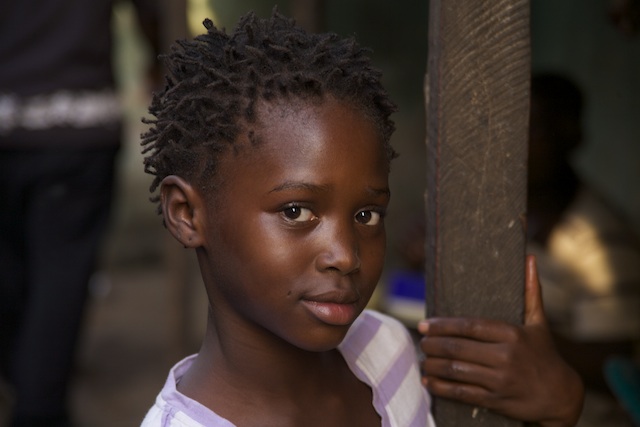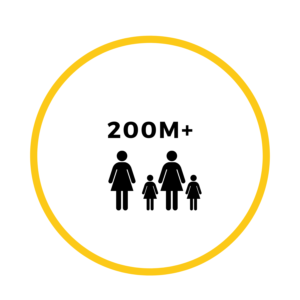Global Problems, Local Solutions.
-
Why entrepreneurship?
1.89 billion people worldwide live on less than $1.25 a day. People living in extreme poverty suffer from lack of economic opportunity, poor health and are extremely vulnerable to shocks (i.e. health, natural disasters, bad harvest). They are often unreached by government and development programs. They also live outside of the traditional financial system and lack access to key financial services due to being deemed “not credit worthy.” Entrepreneurship is one of the best tools for ensuring sustainable change in the lives of people, especially women, living in extreme poverty.
-
Why education?
Education is a fundamental right. Yet, UNICEF estimates that more than 132 million primary school-aged girls are out of school; of this number, 49 million are girls located in sub-Saharan Africa. Education is inaccessible because (a) child labor is significant in ensuring family survival (b) parents can’t afford school costs and (c) schools are located far from home requiring additional transportation costs. Girls who are out of school are forced into early marriages and are more vulnerable to violence, including gender-based violence including female genital mutilation, and diseases such as HIV/AIDS.
-
WHY WATER, SANITATION AND HYGIENE (WASH)?
785 million people worldwide lack access to clean water and over 2.5 billion of the world’s population does not have access to improved sanitation. Open defecation is practiced by 1.1 billion. This leads to more than 3.4 million people dying each year due to water, sanitation and hygiene related diseases. Lack of WASH also burdens stressed economies and further limits the lives of people living in extreme poverty, especially those of women and girls. Over $260 billion in economic losses are associated with scarce water and sanitation services. Women and girls in sub-Saharan Africa spend 40 billion hours per year collecting and transporting water.
-
Why Food Security and Agriculture?
Agriculture is the largest source of income and jobs for people living in extreme poverty. Agriculture provides income for 60% of the global population. Despite these figures, hunger and food insecurity are still major challenges to development. 690 million people worldwide are hungry; sub-Saharan Africa has the highest prevalence. If current trends continue, the number of hungry people will reach 840 million by 2030. The World Food Program estimates that poor nutrition causes 3 million child deaths annually. 66 million primary school-age children attend classes hungry worldwide, with 23 million residing in Africa. Changes in climate (i.e. droughts, floods) put a significant burden on already fragile agriculture systems.

women and girls
Women and girls bear most of the impact of poverty. Families facing money, hunger, and health issues often put women and girls last. Women and girls within these communities also have little rights to their body, earning and are often denied access to credit and land. This leads to women and girls continuous struggle to earn a living, access health care and education.
Quick Facts

People in the world living without basic drinking water. That’s 1 in 10 people globally!
people live in extreme poverty globally.
people worldwide are hungry. This number will increase to 840 million by 2030 if we don’t act. have been subjected to female genital mutilation. 70 million more girls will be cut by 2030 if we don’t stop this practice.
have been subjected to female genital mutilation. 70 million more girls will be cut by 2030 if we don’t stop this practice.-
 girls are out of school worldwide.
girls are out of school worldwide.

The Impact
Empowered women tend to have greater control over their income, reproductive health, and improvements in their children’s lives. Women reinvest an average of 90 % of their income into their families. Investing in WASH could also save the world’s health sectors $12 billion annually. Countries can gain 0.1 to 0.3 % of per capita growth by reaching equality in primary and secondary education. You can transform the lives of people living in extreme poverty by donating to support our programs